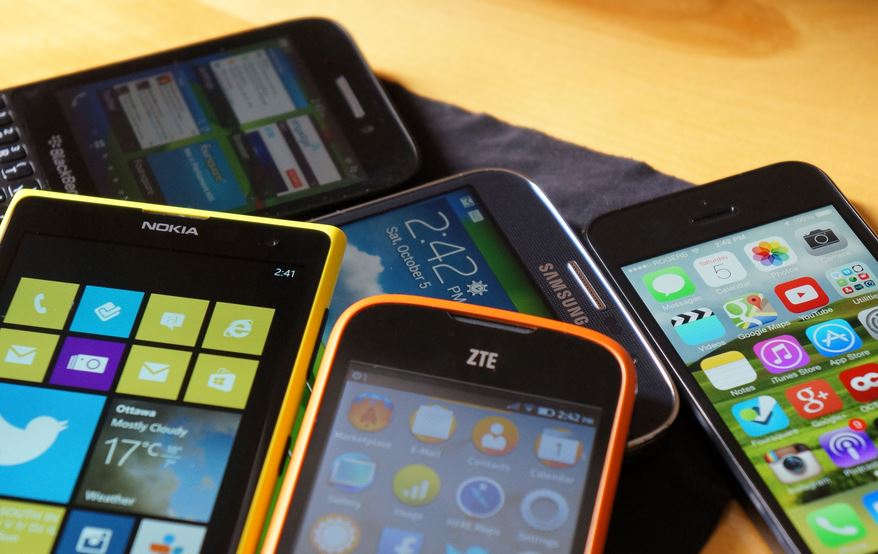
Everyone knew that the runaway growth of previous years couldn’t really go on forever, but the actual decline in sales reported today by Strategy Analytics may force the industry to pursue new avenues for future growth.
The research found that global smartphone shipments fell 3 percent annually to reach 335 million units in Q1 2016, the first ever shrinking of the global smartphone market in history.
Gartner research revealed earlier this year that growth in the sector had slowed to 2008 levels. However, the number of smartphones being shifted had still increased, from roughly 1.2 billion in 2014 to 1.4 billion in 2015.
The news comes in a week where two major players in the smartphone world, Apple and Samsung, have released financial results.
In a reversal of fortunes, Samsung saw revenue rise 5.7 percent to 49.8 trillion won while profit for its smartphone division jump 42 percent from a year earlier.
This was driven by strong sales of its new Samsung S7 handsets.
Meanwhile Apple, which has consistently seen growth for many years, reported a 13 percent decline in its revenue for the second quarter of its fiscal year in its first fall in revenue since 2003.
Digging a bit deeper into the Strategy Analytics figures, Samsung saw its total shipments fall from 82.7 million to 79 million and retained its overall lead in the market, with its overall market share dropping slightly from 24 percent to 23.6 percent.
Apple saw shipments fall from 61.2 million to 51.2 million units, and its share declined from 17.7 percent to 15.3 percent.
The big winners were Chinese vendors Huawei and OPPO. Huawei saw sales rise from 17.3 million to 28.3 million while OPPO’s shipments rose from 8.3 million to 15.5 million. Their shares both rose, to 8.5 percent and 4.6 percent respectively.
Linda Sui, Director at Strategy Analytics, cited increasing penetration maturity in major markets such as China and consumer caution due to uncertain economic conditions.
Accenture research found that only 61 percent of Chinese consumers wish to replace their device in 2016, compared to 82 percent in 2015.
Globally, the number of people planning to buy a new smartphone has fallen to 48 percent in 2016. This represents a 6 percent fall from the figure in 2015 and a 9 percent drop from the peak in 2014.
The question for smartphone vendors is what to do next.
The success of the S7 handsets shows that it is possible to break out of a sales deadlock. Extensive marketing, new enhanced virtual reality capabilities and a focus on durability and wireless charging outlined the mixture of innovation and a push to address the more basic concerns of users.
Compared to the Samsung S6’s disappointing performance, it reveals that from the vendor perspective it is not enough simply to put out a new, shinier model with somewhat faster specifications each year.
Andrew Jackson, CEO at Intercity Technology, said: "Apple is part of a wider slowdown in the smartphone space as that market continues to move towards saturation, with many consumers hanging onto their devices for longer and waiting for the ‘next big thing’ rather than upgrading. This isn’t going to change any time soon."
He suggests that vendors need to start looking to the enterprise and services as a solution to slowing consumer sales. Certainly this seems to be a tactic favoured by Apple and Samsung, the latter of which aims to triple its business revenue in the next year.
Jackson cites Apple’s partnership with IBM as a positive step, and says it may begin to address the business market more in future.
What goes up must come down, and smartphone vendors can no longer rely on growth.






